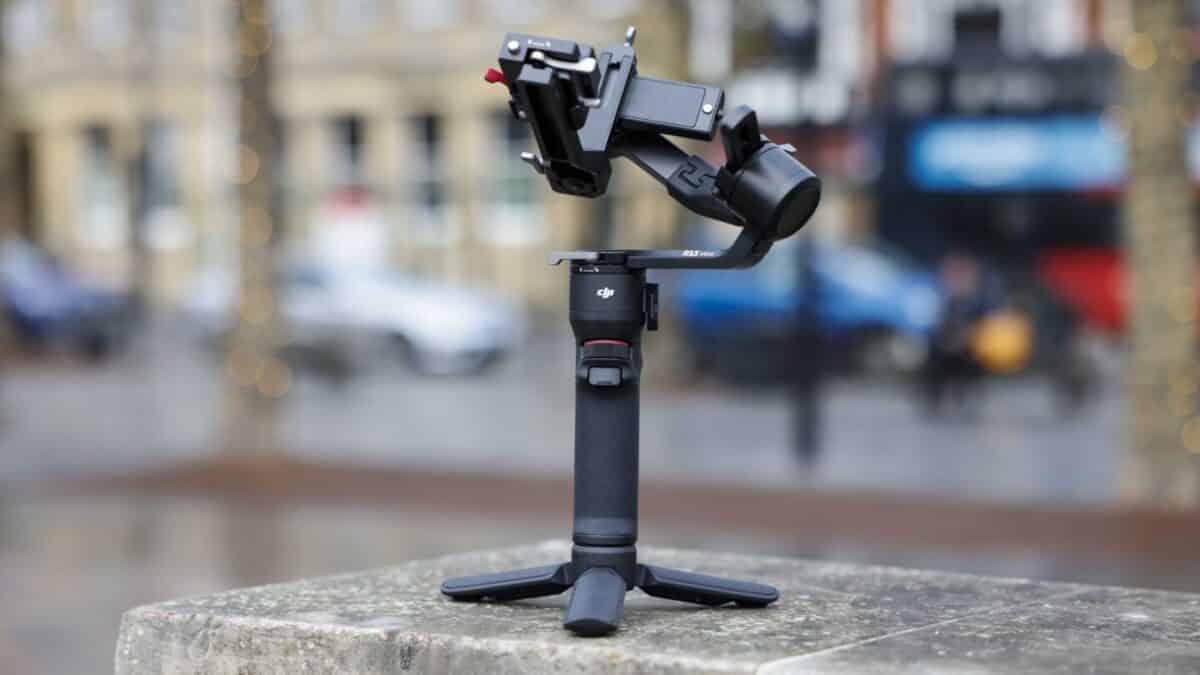The title gives the game away, but at least this is exactly what it says on the tin; it’s a mini RS 3. Essentially, this single-handed gimbal stabiliser offers many of the same great features as the larger RS 3 and RS 3 Pro in a smaller package with less weight and coming in with a price tag half that of the Pro version.
So, if you’re looking at the present Ronin line-up, you have the flagship RS 3 Pro, then the RS 3, and finally, the RS 3 Mini. What is, as ever, interesting is that DJI continues to sell many of the older models of the Ronin, so if you do feel like picking up an older version of the gimbal, you can. However, as each generation offers such a leap forward; I’m not sure why you would.
Back to the RS 3 Mini, an impressive piece of kit, and smaller than the RS 3 Pro, which was already compact, with cleverly designed gimbal arms that give plenty of space and flexibility for mirrorless cameras or small DSLRs but nothing bigger which defines a clear line between models.
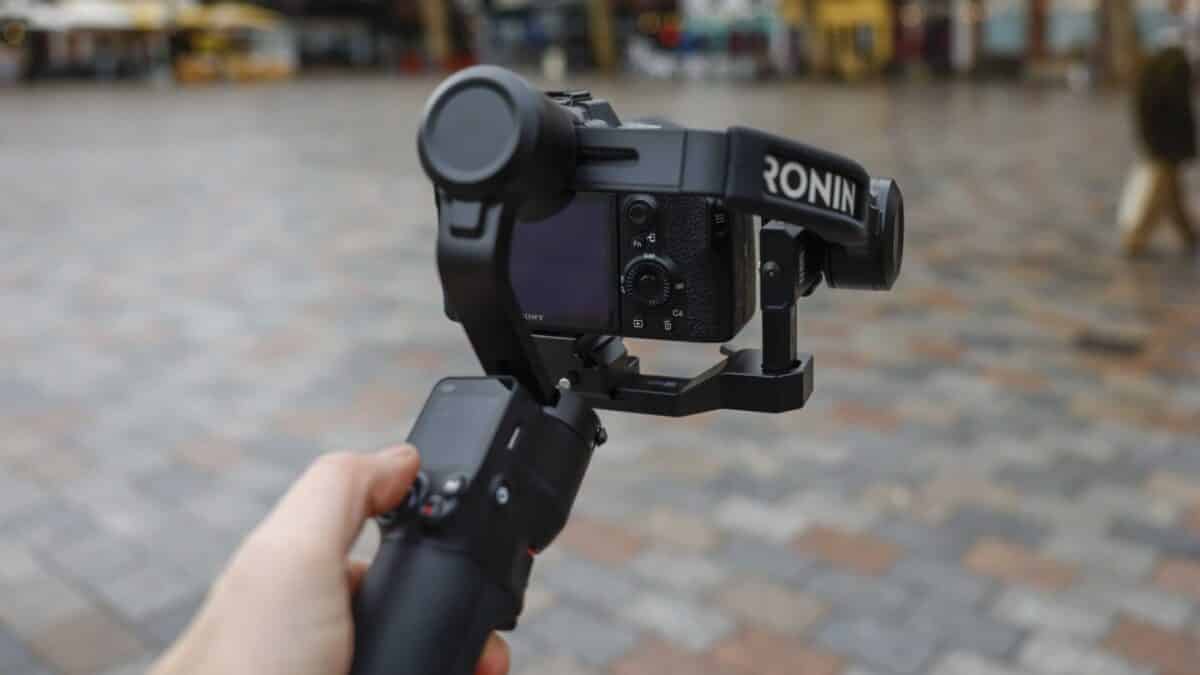
This mirrorless option will then give plenty of options for most run-and-gun videographers and filmmakers who are simply looking for a cheap, high-quality stabiliser. It also gives pros a lightweight gimbal that can easily be transported into places where it would usually be difficult or, at the very least, inconvenient to take a full-sized gimbal.
There are, of course, a few specification and feature reductions compared with the larger models; the payload rests at 2kg compared with the RS 3’s 3kg and Pro’s 4.5kg. It also reverts to manual axis locks, and like the RS 3, there’s no expansion option for the vehicle mount, Steadicam, slider etc., as there is with the Pro.
While the RS 3 Mini offers 3rd generation stabilisation, it doesn’t offer the superb SuperSmooth mode, but if you haven’t tried it, you won’t worry too much that you haven’t got it!
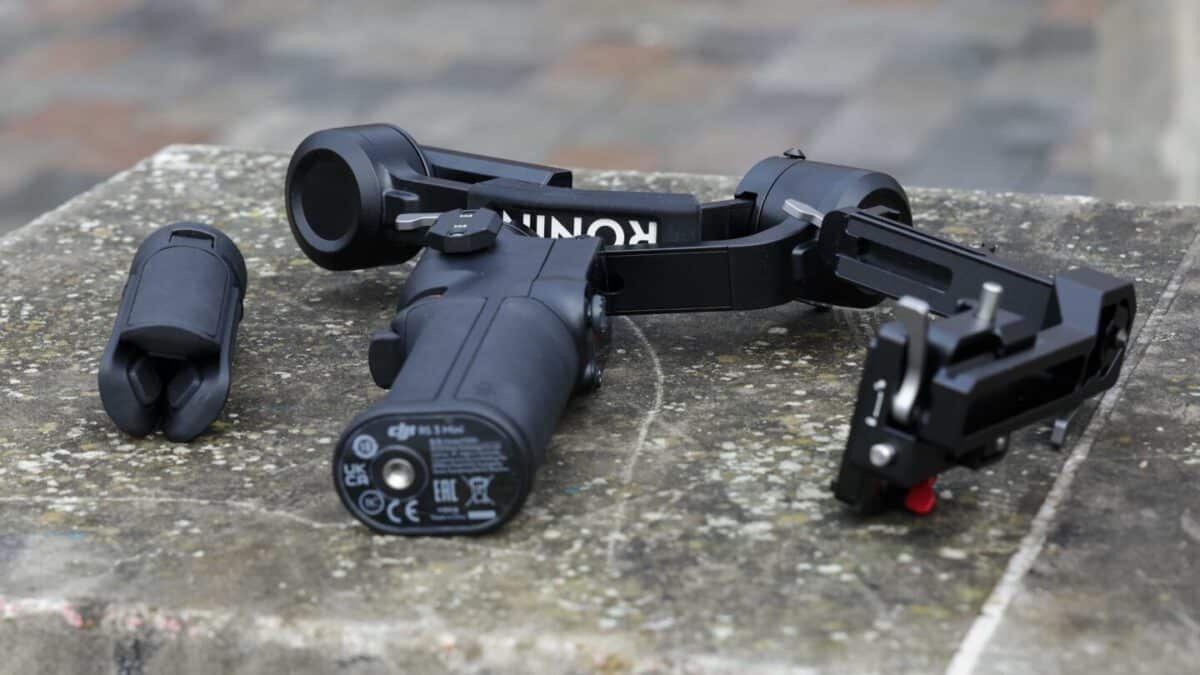
Regarding control, the small 1.4-inch screen might be smaller than the 1.8-inch screen on the other two models, but it is still more than sufficient for guiding you through the options and settings.
The major divide between this and the RS 3 models is the options for the video transmission system, which integrates as part of the system. With the RS 3 Mini, you’ll have to be satisfied with the straight stabilisation abilities, which is no bad thing.
Finally, power is supplied by an integrated battery in the handle; it’s all nicely balanced and charges to full capacity in 2.5 hours through the USB port in the side of the grip. A full charge lasts for a good ten hours, depending on use, and in this test, with the gimbal balanced and in use, it lasted well through a day’s constant use even when left on standby, ready to go.

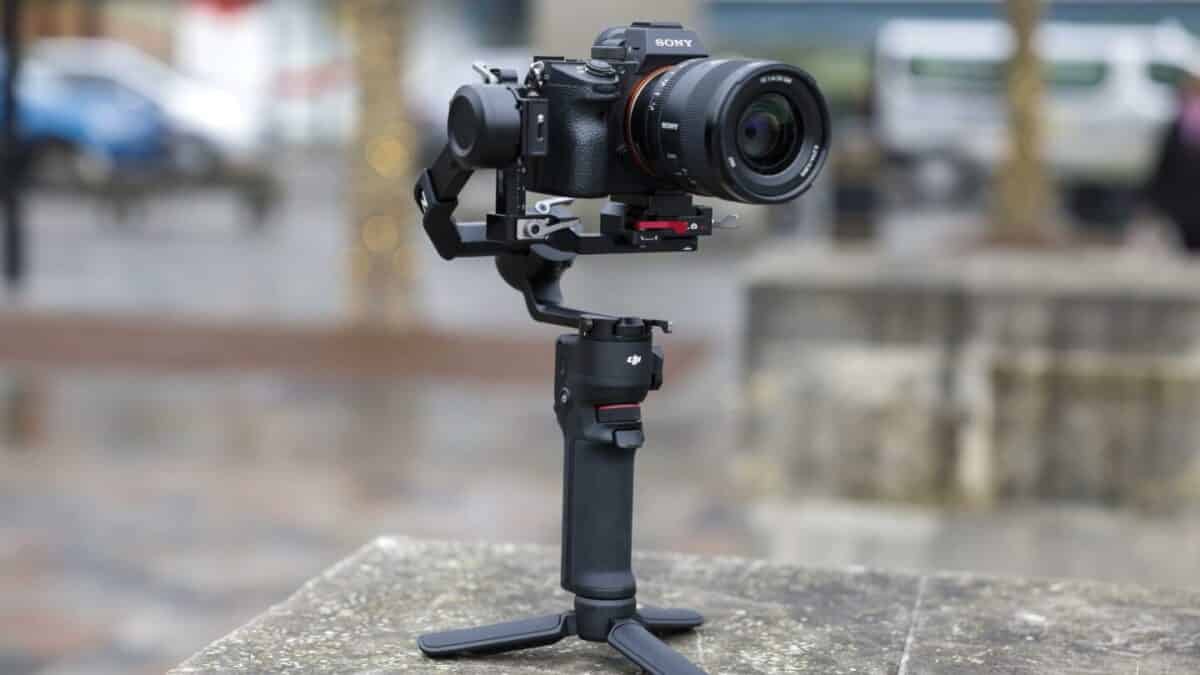
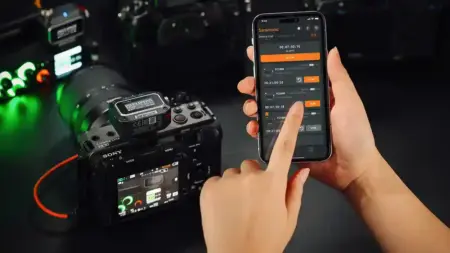
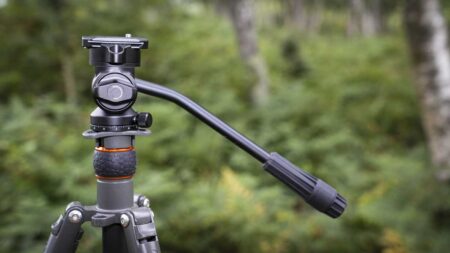


 Essentially this feature offers the user a lightweight gimbal that can travel anywhere and offers the same level of stabilisation, if not better than the older and larger Ronin SC and for much the same price.
Essentially this feature offers the user a lightweight gimbal that can travel anywhere and offers the same level of stabilisation, if not better than the older and larger Ronin SC and for much the same price.
